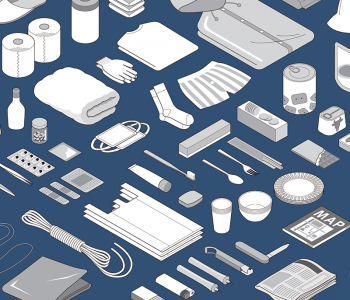 Emergency Procurement & Risk Management
Emergency Procurement & Risk Management Don’t just Recover, Improve with these 7 Strategies
With every challenge comes opportunity, and the 2020 pandemic is no exception. Pulse is here to help with some short-term and long-term strategies for navigating the recovery process and beyond.
The Short-Term
For the short term, let’s say the rest of 2020, here are some steps to get you started on the road to recovery.
Diversify your supply chains
The COVID-19 pandemic has shown the supply chain industry that robustness, does not always equal resiliency. The initial bottleneck created by an outbreak in China, where so many products are manufactured, showed the risks of overreliance on supply chains originating in a single area. Moving forward, if a supplier could be viewed as significantly at-risk, invest in qualifying a second source, or shorten the distance of your chain. This piece from Supply Chain Management Review posits that the future of supply chains is regionalization and localization.
Build a buffer
Once you have secured a supplier for critical products, you should look to build up a buffer stock. This can protect you from an unforeseen surge in demand, or a breakdown of your supply chain. Ensure your emergency inventory is within reach and outside of areas and logistical hubs likely to be negatively impacted. For more about buffering, check out this article.
Create a tool
Design emergency framework agreements (EFAs) for secondary and alternative suppliers. These short-form contract templates should be for important supplies and services most likely to be disrupted. They can be used to quickly employ suppliers who are not already under contract. For more tips on the use of framework agreements, check out this piece from the World Bank.







